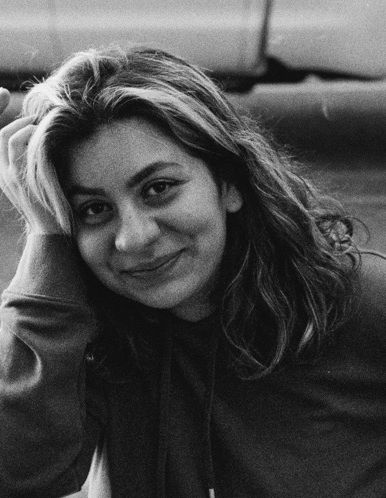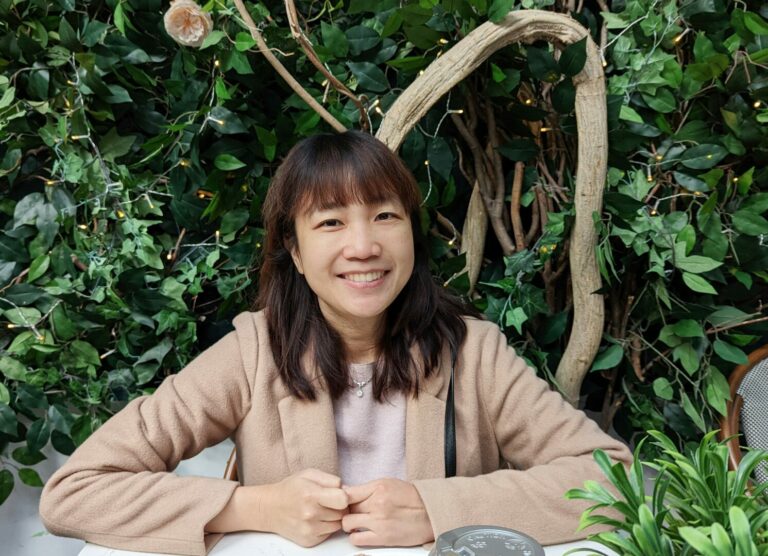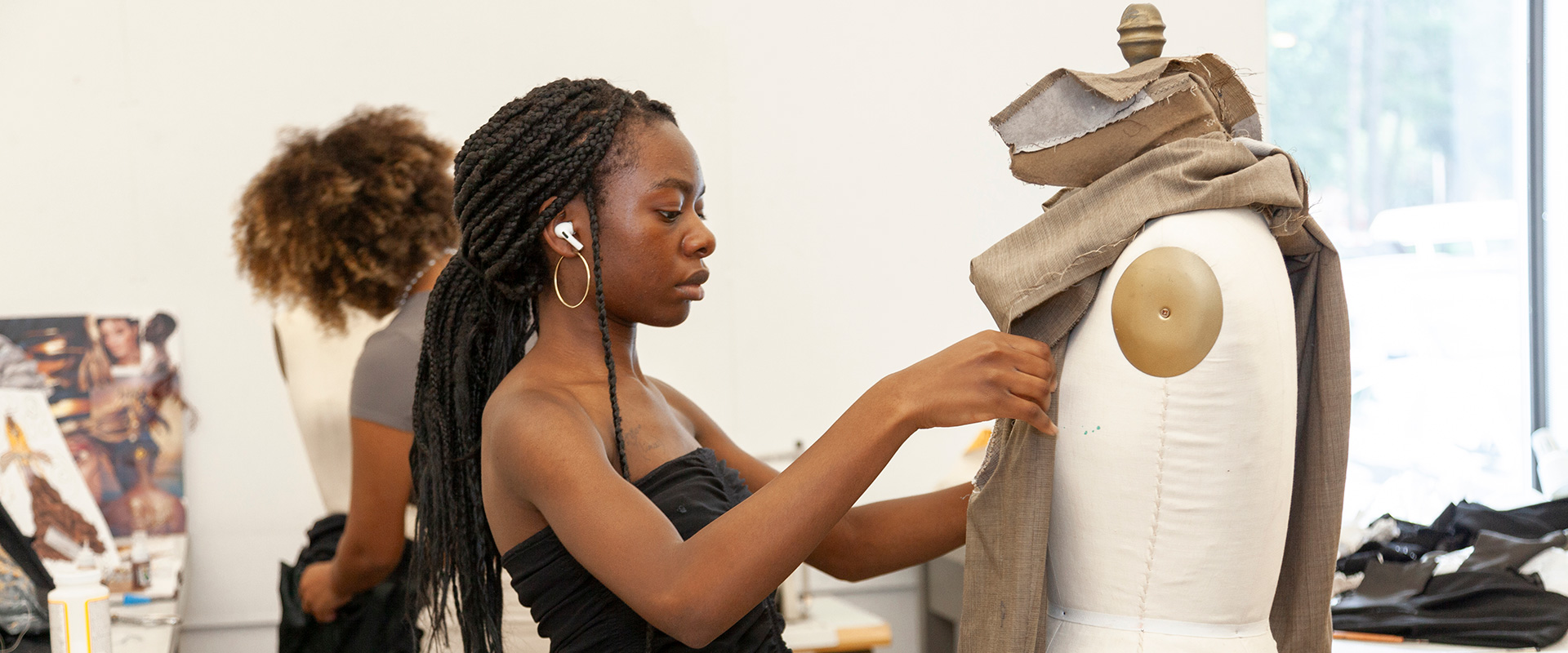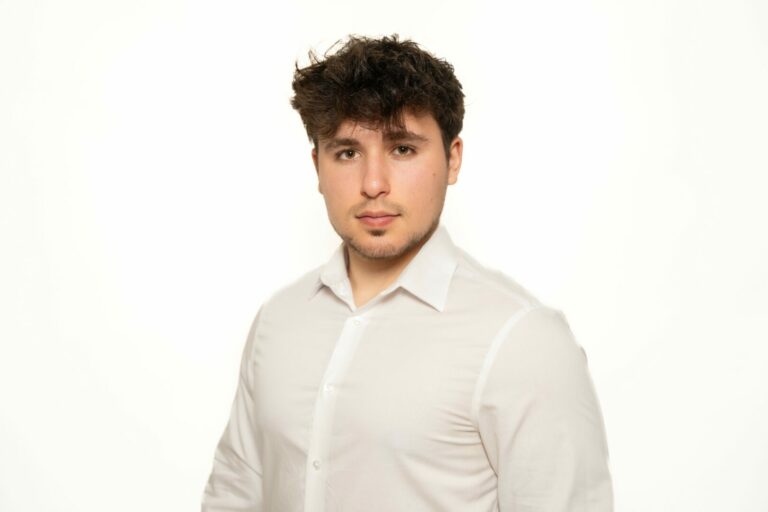We were lucky to catch up with Baran Ataei recently and have shared our conversation below.
Baran, we’re thrilled to have you sharing your thoughts and lessons with our community. So, for folks who are at a stage in their life or career where they are trying to be more resilient, can you share where you get your resilience from?
I come from a place where silence is often mistaken for survival. Growing up in Iran, within a traditional and religious framework, I learned very early that certain things — especially pain, especially trauma — were meant to be buried. When I survived sexual assault, the message I received from my environment was clear: forget it happened, and move on.
But trauma doesn’t stay buried. It lives in the body. It surfaces in unexpected moments. For years, I carried that weight quietly — until I reached a breaking point where silence no longer protected me.
My resilience began not in strength, but in confrontation. In choosing to face what I was told to forget. That process was painful — it fractured my relationship with myself, with my body, and even with memory itself. But in that fracture, I found space. I found a way to rebuild.
Through my art, particularly through self-portraiture, I’ve learned to exist with my pain instead of against it. I often work with water and glass as symbols — because both are transparent, fluid, and reflective. Water can drown, but it can also cleanse. Glass can shatter, but it can also shine. That’s what resilience means to me: learning to exist within contradiction, and turning what once felt like destruction into a form of healing and reclamation.
So where do I get my resilience? I would say: from being forced to face myself — in the quiet, in the pain, and ultimately, in the freedom of telling my story on my own terms.
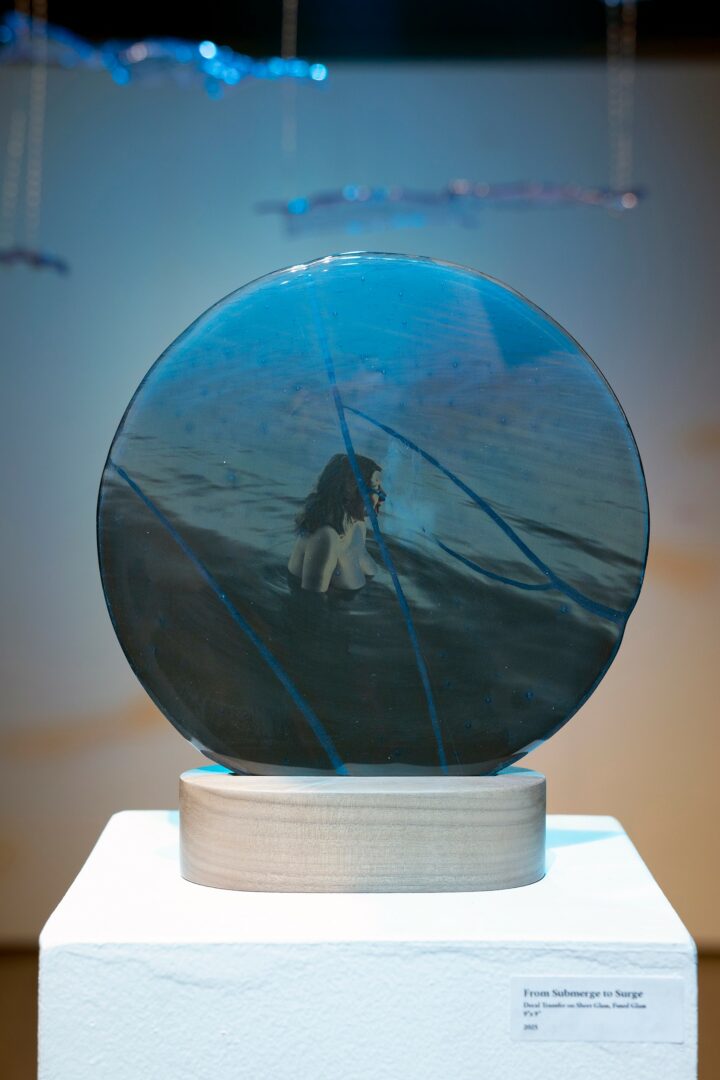
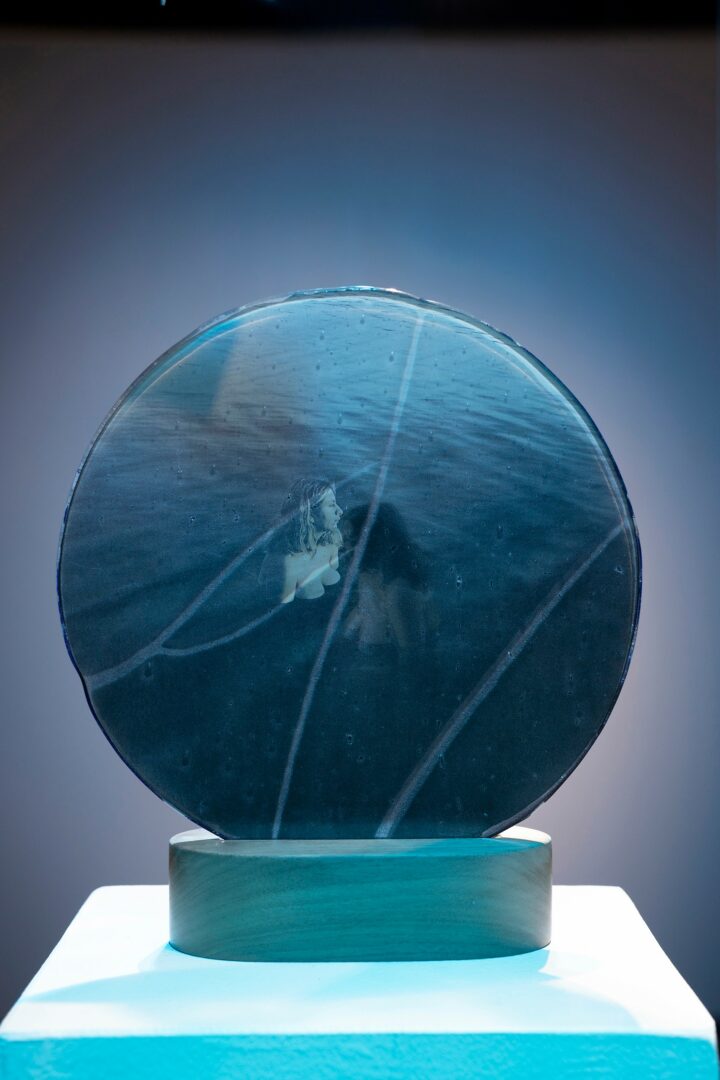
Thanks for sharing that. So, before we get any further into our conversation, can you tell our readers a bit about yourself and what you’re working on?
My work lives at the intersection of personal healing and political resistance. I’m a multidisciplinary artist focused on photography and glass, and my practice is rooted in autobiographical storytelling, especially around trauma, identity, and reclamation.
My work revolves around the aftermath of sexual assault, and the emotional and psychological layers that unfold when survival is met with silence. As someone who grew up in Iran, where cultural, religious, and patriarchal norms often suppress a woman’s right to speak, to feel, or to be seen, my current body of work, titled Ascendance, uses self-portraiture as a way of reclaiming my voice, my body, and my presence. The series explores how I navigate memory, shame, and healing, often through symbolic use of water and glass. Water, to me, represents the fluidity of memory and the way trauma returns in waves. Glass is both fragile and strong, a metaphor for the duality of living with pain while still choosing visibility.
I photograph myself — often nude — not as an act of exhibitionism, but as protest. My body becomes a site of resistance and reclamation. For too long, shame was imposed on me by others; now, through my art, I choose how I’m seen, how I tell my story, and how I take up space.
What’s most powerful for me is how this work, though deeply personal, often touches others whose stories have also been silenced. Survivors have shared with me that seeing this work made them feel visible. That kind of recognition reminds me that while our stories may be individual, the silence surrounding them is collective. Through Ascendance, I hope to hold space for those who have been made to feel invisible, and to create visual language for pain that often goes unnamed. In that shared space — between the image and the viewer — healing becomes transpersonal. It becomes something we might carry together.
I’m currently expanding Ascendance into a multimedia installation and performance research to show how cultural narratives of shame shape the body, especially in diaspora communities. I see my art not just as expression, but as activism — a way of creating spaces where vulnerability is powerful and women are visible.
If there’s one thing I’d want readers to know, it’s that this work isn’t just about trauma. It’s about transformation. It’s about what it means to live — fully, tenderly, and unapologetically — even after everything.
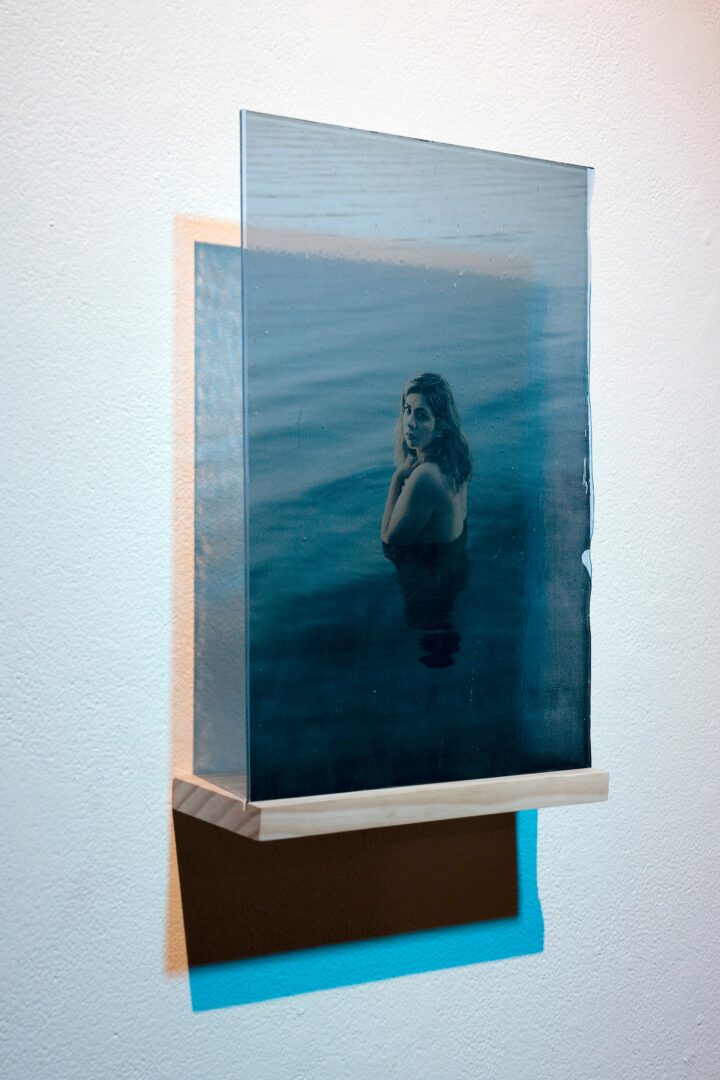
If you had to pick three qualities that are most important to develop, which three would you say matter most?
1. The courage to confront pain
For a long time, I tried to survive by avoiding the memory of my trauma. But real transformation began when I allowed myself to turn toward the pain, instead of away from it. That confrontation — through art, through reflection, through embodiment — was terrifying, but it was also liberating.
Advice: If you’re just beginning your journey, start with honesty. Not for the world, but for yourself. Give yourself permission to feel what’s there, even if it doesn’t make sense yet. Healing and creation both start with truth.
2. The courage to be seen
Choosing to photograph myself — especially in my most vulnerable, naked states — wasn’t just an artistic decision. It was a decision to confront shame, to reclaim visibility, and to say: “This is my body. This is my story. I choose how it’s seen.” That choice changed everything.
Advice: Visibility is terrifying — but also sacred. Start by showing up for yourself, not for approval. When you learn to witness your own truth with compassion, others will feel that energy, too.
3. Trust in your own timing and process
I used to think healing had a timeline. That I should be “over it” by a certain point, or that if I wasn’t producing constantly, I was failing. But I’ve learned to trust the rhythm of my own emotional and creative cycles. Sometimes the most important part of the process is the pause.
Advice: Don’t measure your growth against others. Deep work takes time. Protect your pace. You don’t need to be fast — you need to be present.
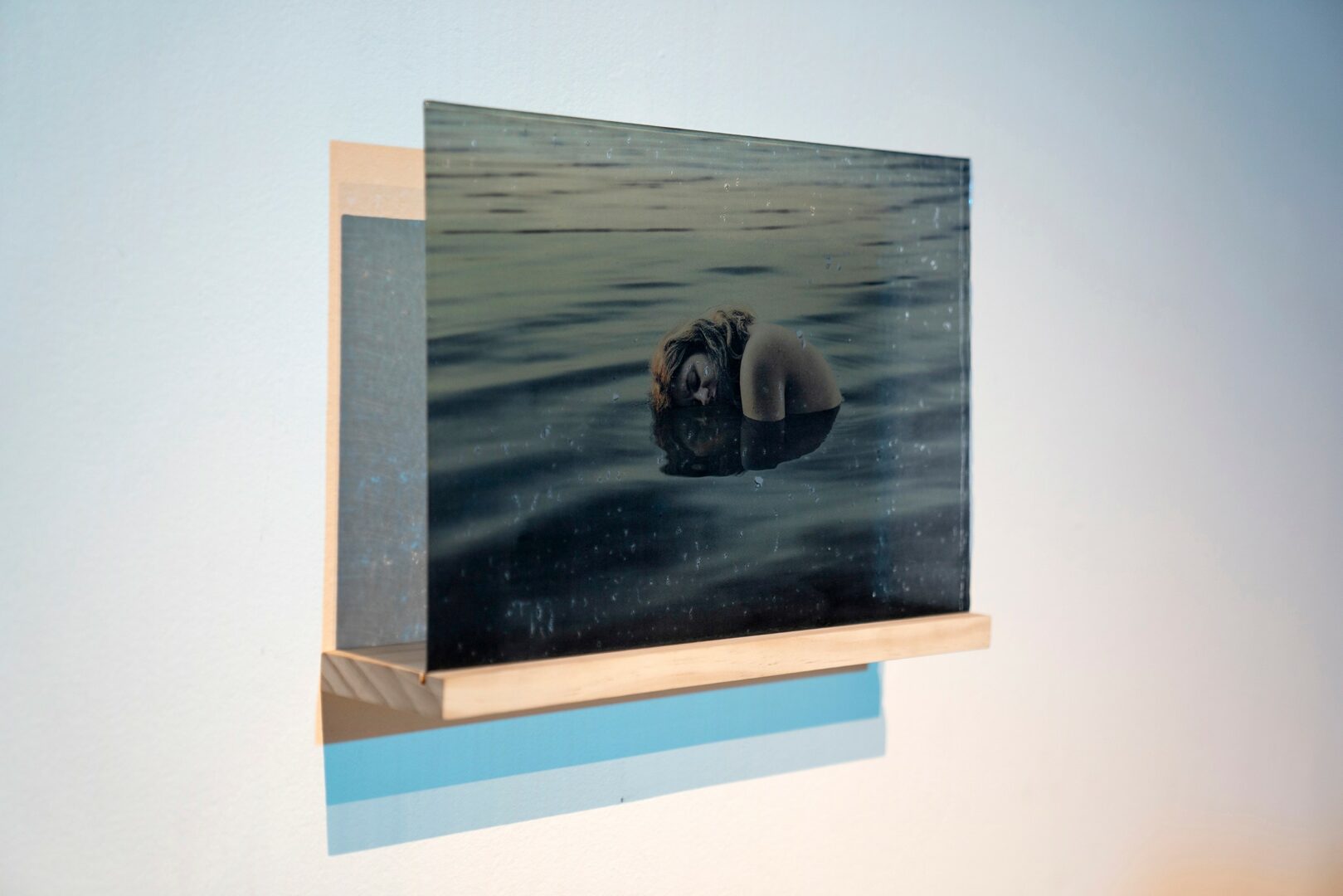
Before we go, any advice you can share with people who are feeling overwhelmed?
I often feel overwhelmed — by memory, by emotion, by the weight of telling stories that were once unspeakable. It’s part of my process, and I’ve learned not to see it as a failure or weakness, but as a signal. A message from the body that something needs attention, care, or pause.
When I feel that wave coming — that tightness in the chest, that sense of collapse — the first thing I do is return to the body. I’ll immerse myself in water, even just a bath or shower, because it helps me feel held, fluid, and safe. Water has always been a source of both memory and release in my work. I breathe, slowly. I stretch. I come back to sensation.
If I’m able to create, I’ll photograph or write without the pressure to make it good. Just raw process. Sometimes just setting up the camera, even if I don’t press the shutter, gives me a sense of presence and control again.
And when I can’t make anything at all — I let myself stop. I used to fight rest. Now I honor it as a sacred part of the creative cycle.
Advice for others:
Listen to your body before you push it. Overwhelm is often the body saying “I need you to slow down.”
Don’t isolate if you don’t have to. Sometimes I’ll call a friend and just say, “I don’t need advice, I just want to be held in this moment.”
Find rituals that ground you. Water, light, movement, scent — whatever helps you come back to yourself.
Be tender with your process. You don’t need to be productive in your pain. You just need to be present.
Contact Info:
- Website: https://baranataei.com
- Instagram: https://www.instagram.com/baranataei
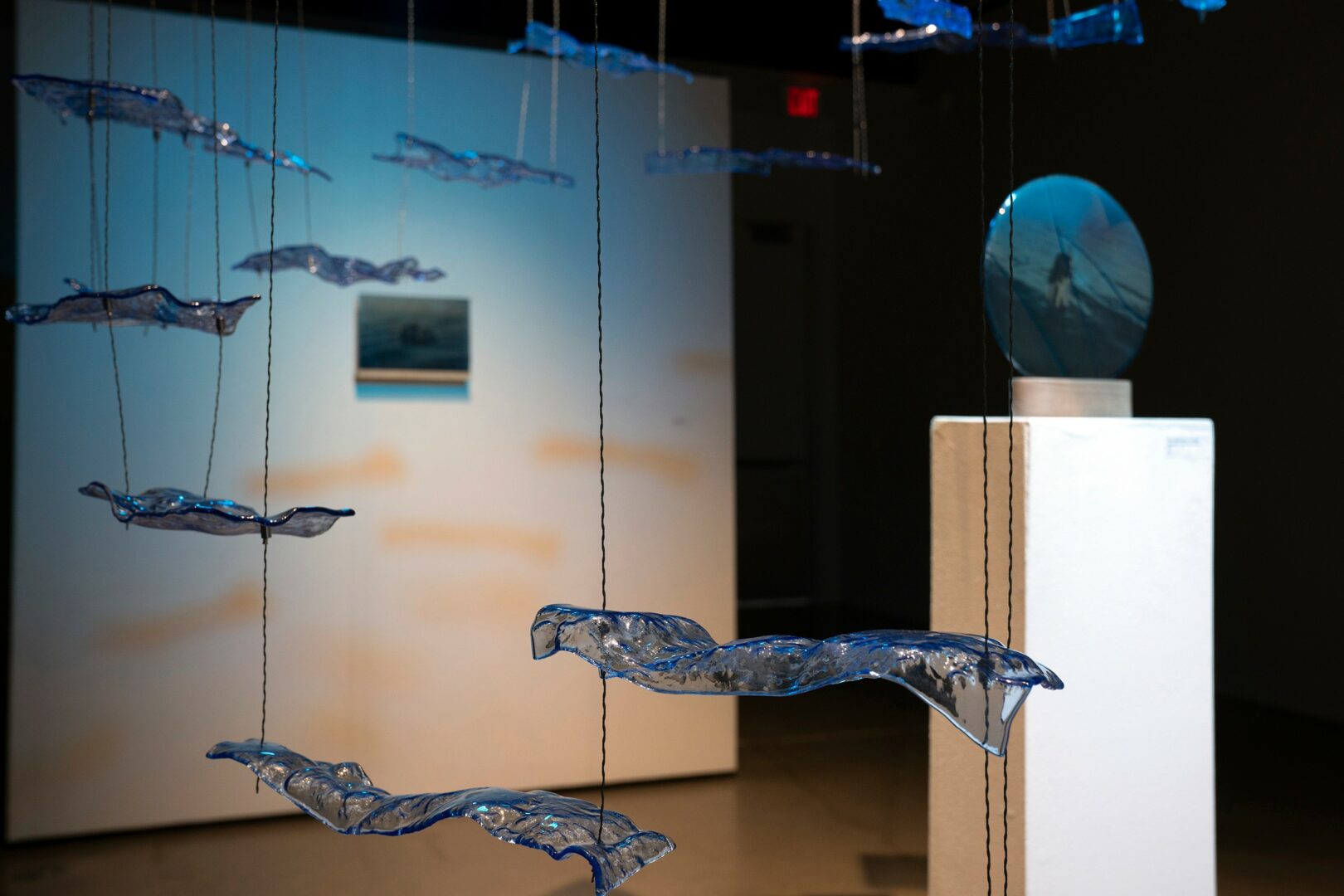
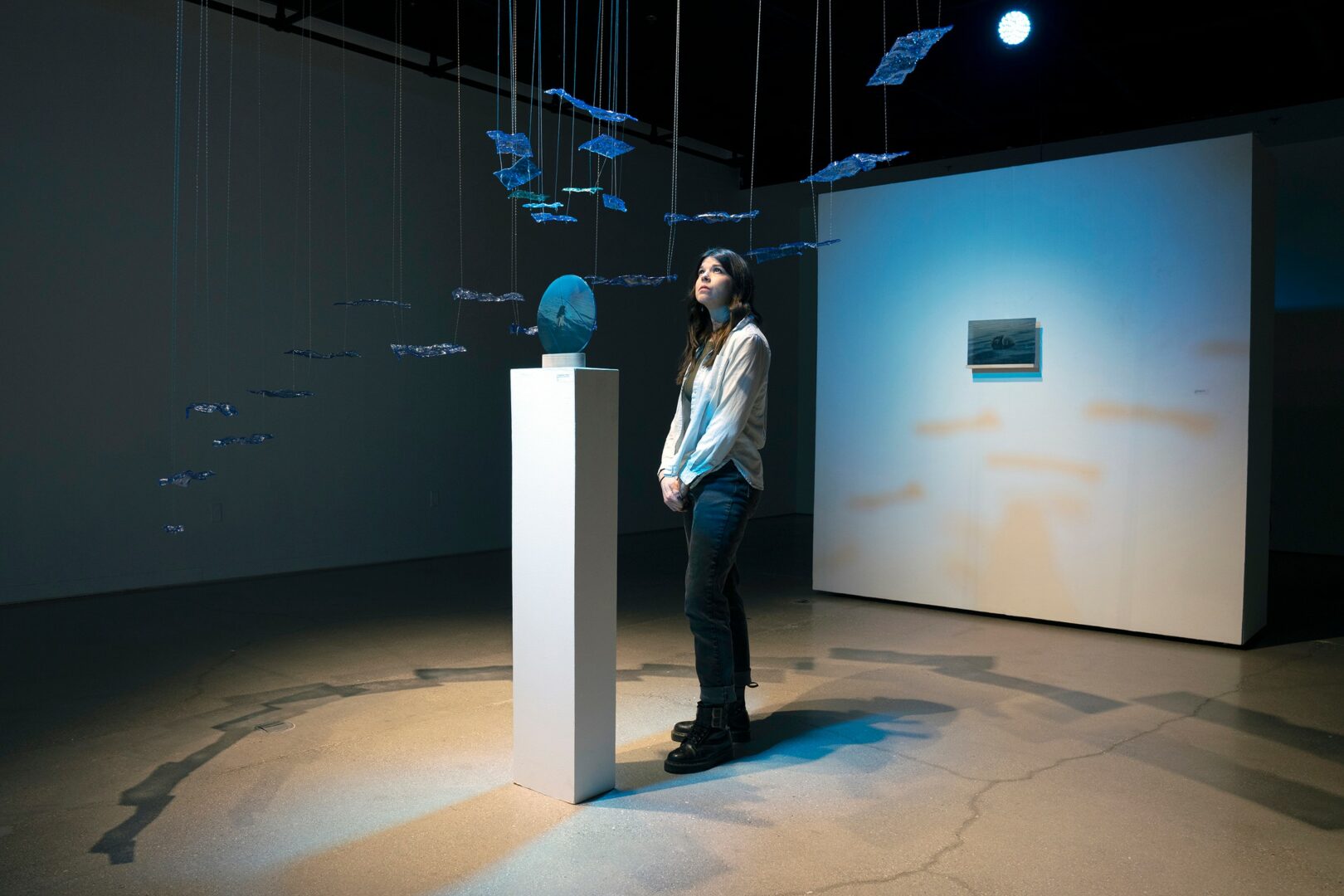
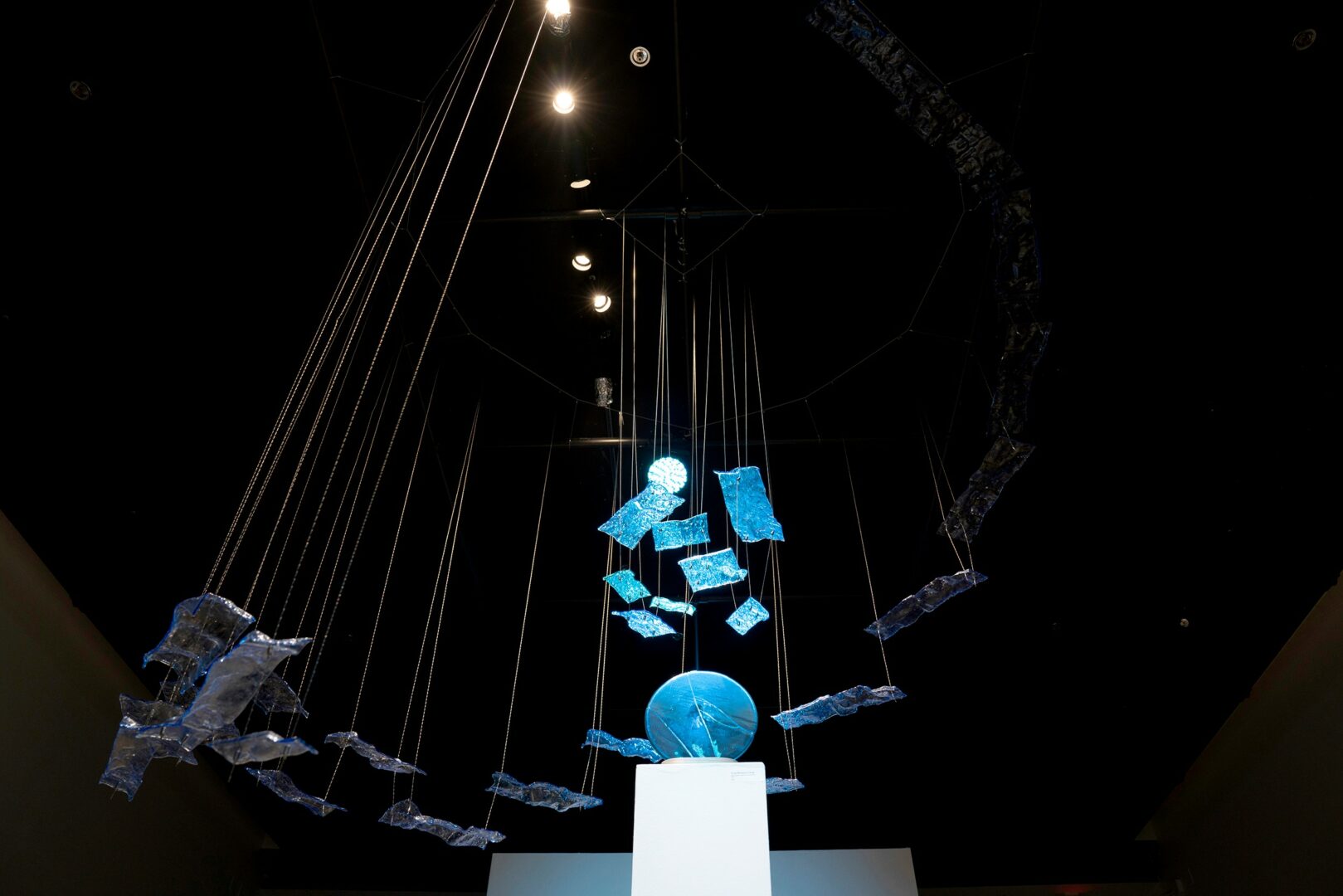
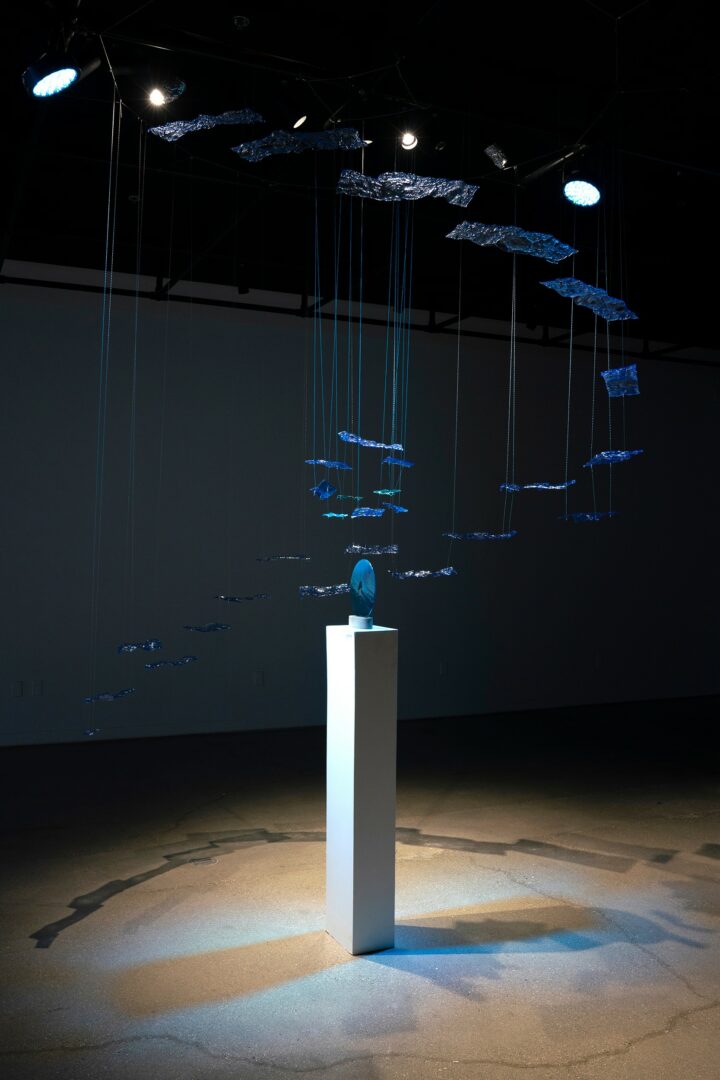
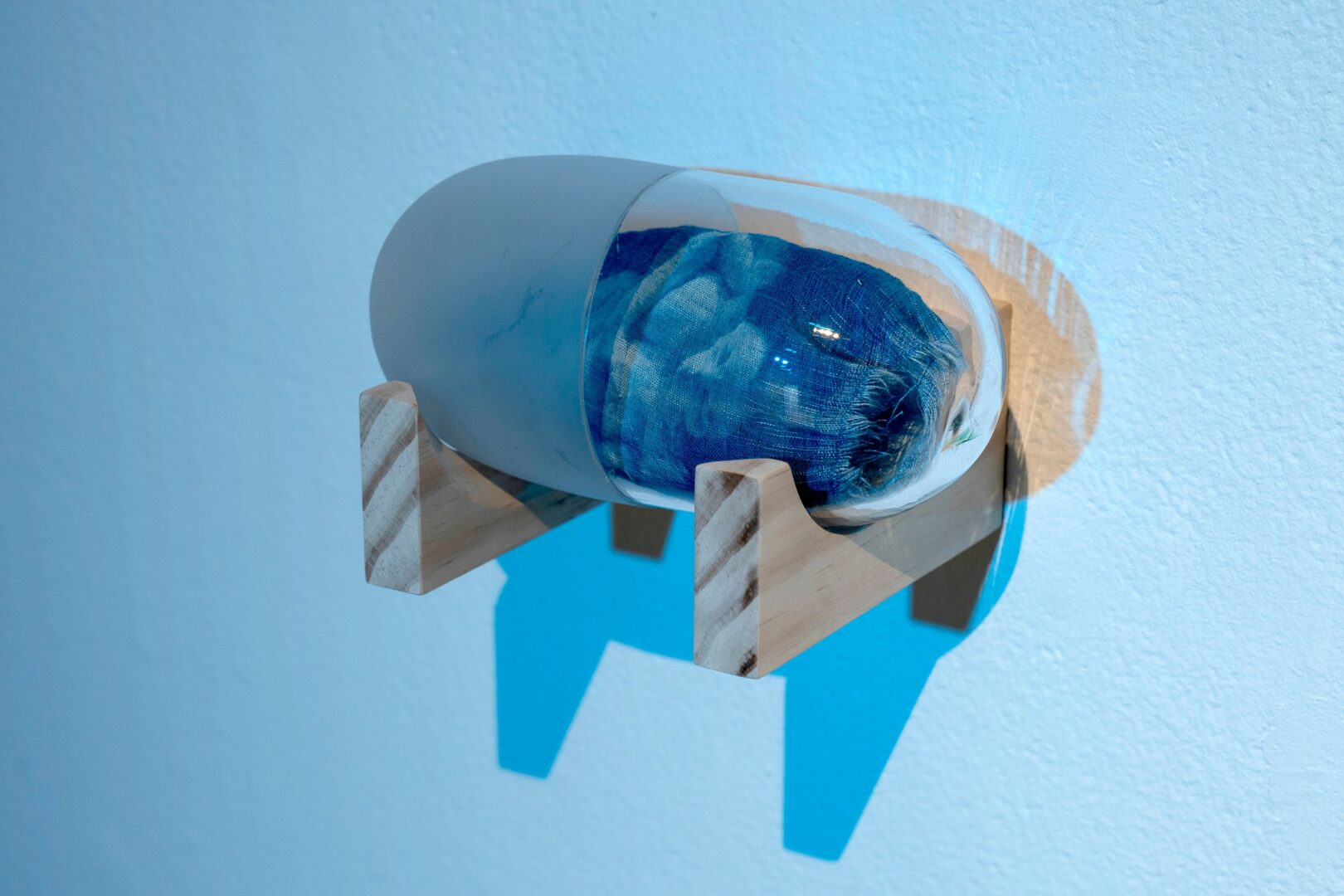
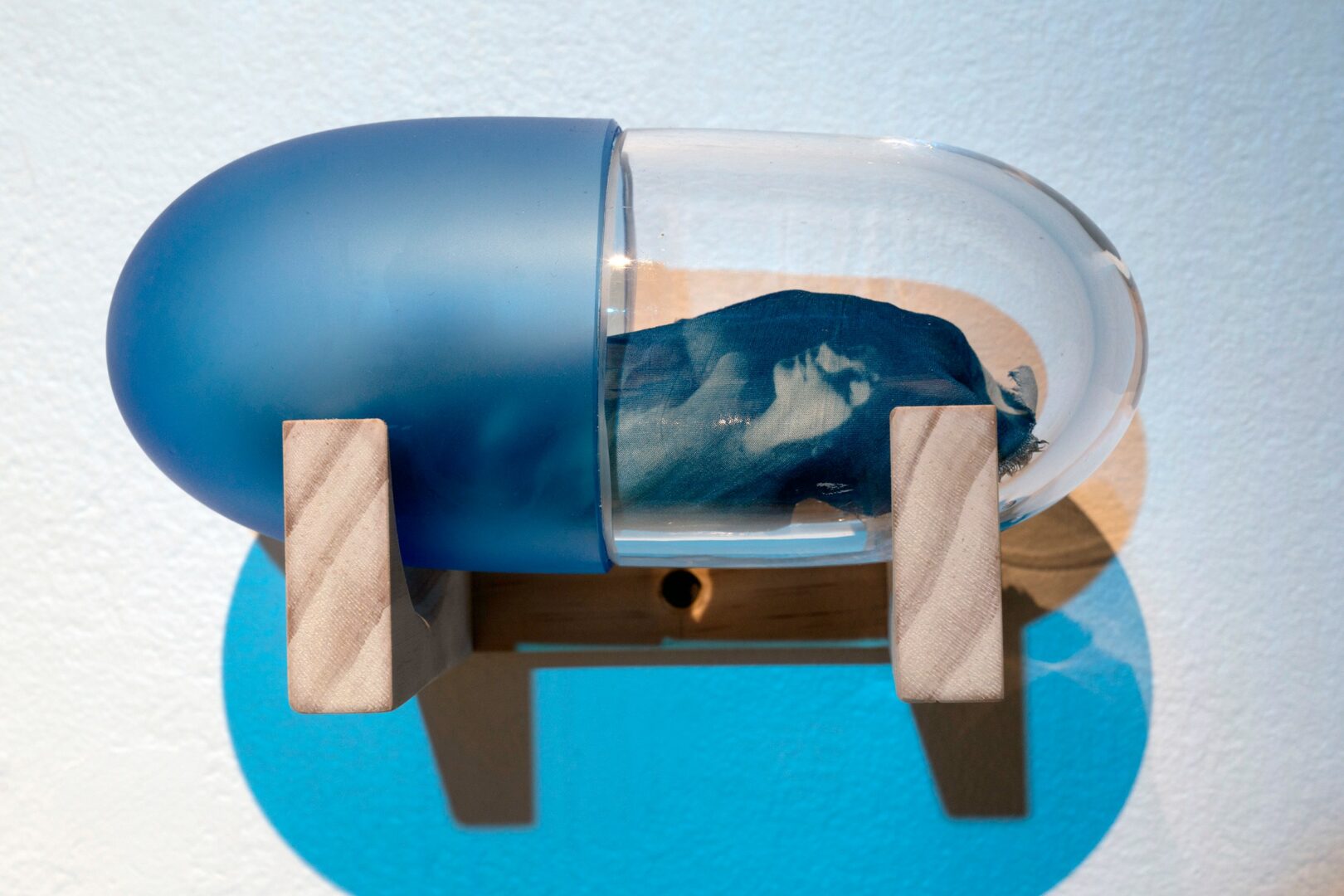
Image Credits
Images: Baran Ataei. From the series “Ascendance.”
All images and visual materials © 2025 Baran Ataei. All rights reserved.
so if you or someone you know deserves recognition please let us know here.

